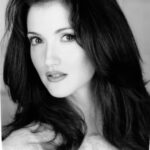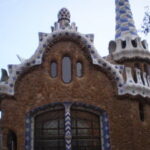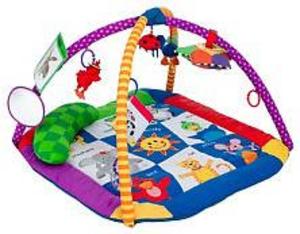Are you someone who appreciates fine art? Do you feel comfortable enough with your body to bare it all in front of strangers? Have you ever wanted to get paid good money just to take a nap?
If so, you may want to consider a career (well, part-time career) in nude art modeling. I’ve been doing it for nearly four years, and it’s been one of the most lucrative and fun side jobs I’ve ever found. But as I’ve discovered, there’s more to the art than just taking your clothes off and standing there.
First off, I recommend posing for classes and co-ops, not individual artists, simply because it’s safer (and there are generally more opportunities). However, if you do choose to model for a private artist, be sure to take precautions: meet them in a public place beforehand, give their name, address, and phone number to a close loved one, then make sure the artist knows you’ve done this and that someone is expecting to see you when the modeling session is over (and will come looking if they don’t). While you shouldn’t have anything to fear from most real artists, there’s always the risk of predatory posers lying about why they want to get you in their house and get you naked.
So let’s say it’s your first day of nude modeling for an art class. Here’s what to expect: upon arriving, you will probably be given a private room in which to change. You’re generally expected to bring a robe that you can put on and take off between poses, or when going to the restroom, to get a drink, etc. You don’t want to have to keeping stripping in and out of your entire wardrobe while wasting the class’s time!
Unless the class’s instructor is an unreasonable idiot, you won’t be expected to hold uncomfortable poses for a long time. If someone asks you to stand with one leg up and hold it for an hour, realize that this is not a reasonable expectation. However, you’ll quite likely be asked to do “gestures,” which are small poses that are held anywhere from a few seconds to a minute or two – artists generally use these for practice at the beginning of a session. And yes, you will be expected to come up with your own gestures, but don’t worry, no one will judge you on them.
For long poses, you’ll generally be sitting in a comfortable chair or reclining on a sofa or some pillows. You’ll be expected to hold a position like this for 20 minutes to an hour, so make sure you’re comfy. The artists will generally let you decide what’s the most comfortable, so speak up if they’ve asked you to do something you know you’ll have trouble holding – trust me, they’d rather have you stay still. This will be especially true if you’re modeling for sculptors, as they generally need longer poses for their work.
If you need to take a break in the middle of the pose, someone will mark your position using pieces of masking tape. This way you’ll be able to get back into position when you return. So if you need to move, just ask, “Can someone tape me?”
You may be expected to keep track of how long you’ve been in a certain pose. It’s a good idea to bring a stopwatch or clock with an alarm on it for this reason. For shorter poses, learn to count seconds in your head.
Occasionally, an instructor may wish to position you or point something out about your shape to the class. He or she may ask to touch you in these situations, so decide ahead of time if you’re going to be okay with this. If you don’t want to be touched, it may be a good idea to let the instructor know this before class time, as this will save you both trouble and embarrassment later.
If this sounds good to you, but you’re thinking, “I can’t do that, my body’s not good enough,” bear in mind that artists aren’t fashion photographers; they want real bodies, and for many of the more serious artists, the curvier you are, the better, because curves mean interesting dimensions and engaging shapes.
Speaking of photography, you may at some point be faced with the decision of whether or not to do nude photography. I was apprehensive about this at first – it seemed too close to porn, to my mind – but I recently had my first opportunity to model nude for art photographers, and I loved it. Photography, unlike painting, drawing, and sculpting, is a more interactive process for the model and gave me the chance to have a greater involvement in the product being produced. It never felt remotely like I was being sexualized or objectified, and given how rarely we ever think of nudity in a non-sexual fashion in this culture, this was quite refreshing.






